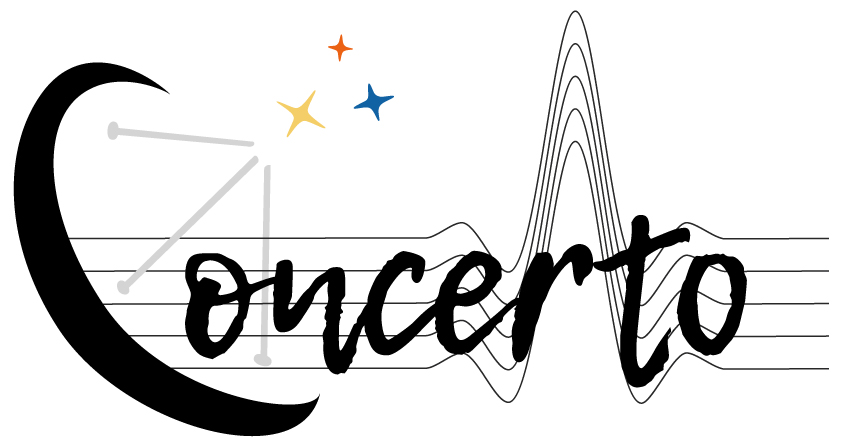External galaxies
The sub-millimeter/millimeter part of the spectrum is one of the least explored parts of a galaxy‘s spectral energy distribution (SED), yet it contains primary informations on dust properties. Although interstellar dust represents only 1% of the total mass of the ISM it is an important agent in star formation. Studying dust properties in galaxies is thus untimely linked to one of the most fundamental problems in present-day astrophysics, i.e. understanding how stars form in galaxies.
CONCERTO can probe the long wavelength emissivity of dust and see how it changes as a function of different galactic environments i.e. disc, spiral arm, nucleus. Combining CONCERTO, NIKA2 and Herschel data would provide additional input into comprehensive SED models of galaxies (e.g. Galliano et al. 2011) and would enable to investigate changes in the emissivity index. Of particular interest is the possibility of excess long wavelength emission over and above that predicted by the Herschel data. This excess is not clearly understood. It may indicate a significant cold dust component (T<15K) and/or physically different dust.
Understanding how dust properties evolve as a function of metal enrichment can provide important constraints for galaxy evolution studies. Dwarf galaxies in the local Universe are ideal targets for such a study as many of them have low metallicity and high star-formation activity. As such, they present star formation properties and ISM conditions that are the closest analogues to those thought to be present in the primordial environments of the early Universe. Accurate maps of the dust mass surface density obtained using CONCERTO can be combined with the HI and H2 (CO) maps to give the spatial variation of the gasto-dust ratio. The gas-to-dust ratio is a crucial input into chemical evolution models that predict the metallicity as a function of the gas fraction. When combined with the gas phase metallicity the fraction of metals in both gas and dust can be measured. Using samples ranging from metal-poor to metal-rich environments, CONCERTO would allow to derive the gas-to-dust mass ratios as a function of metallicities.
